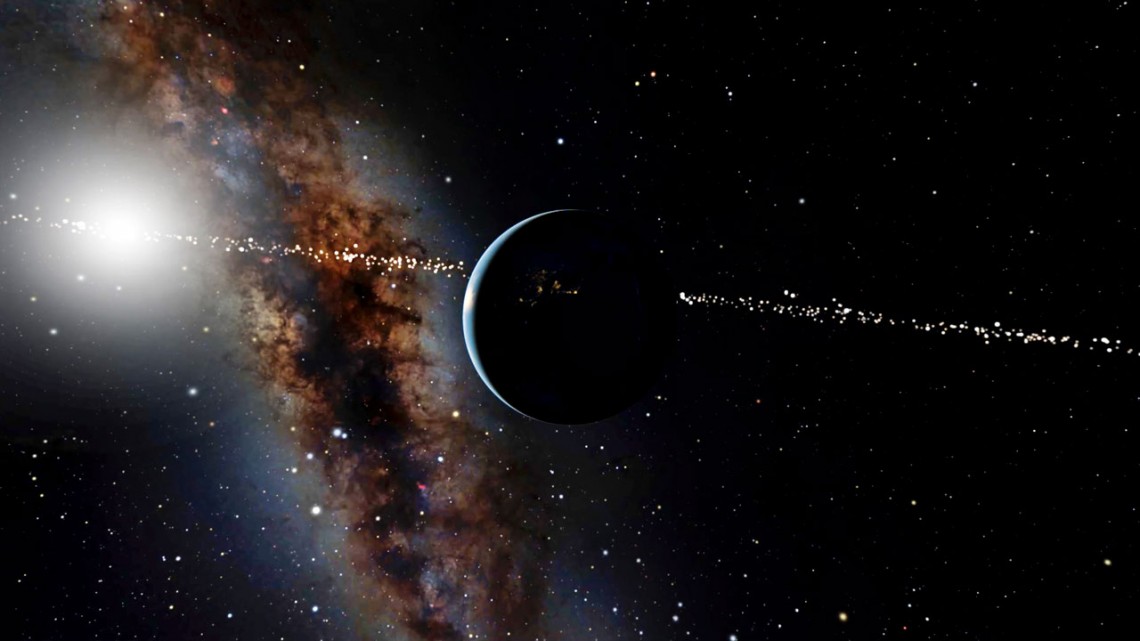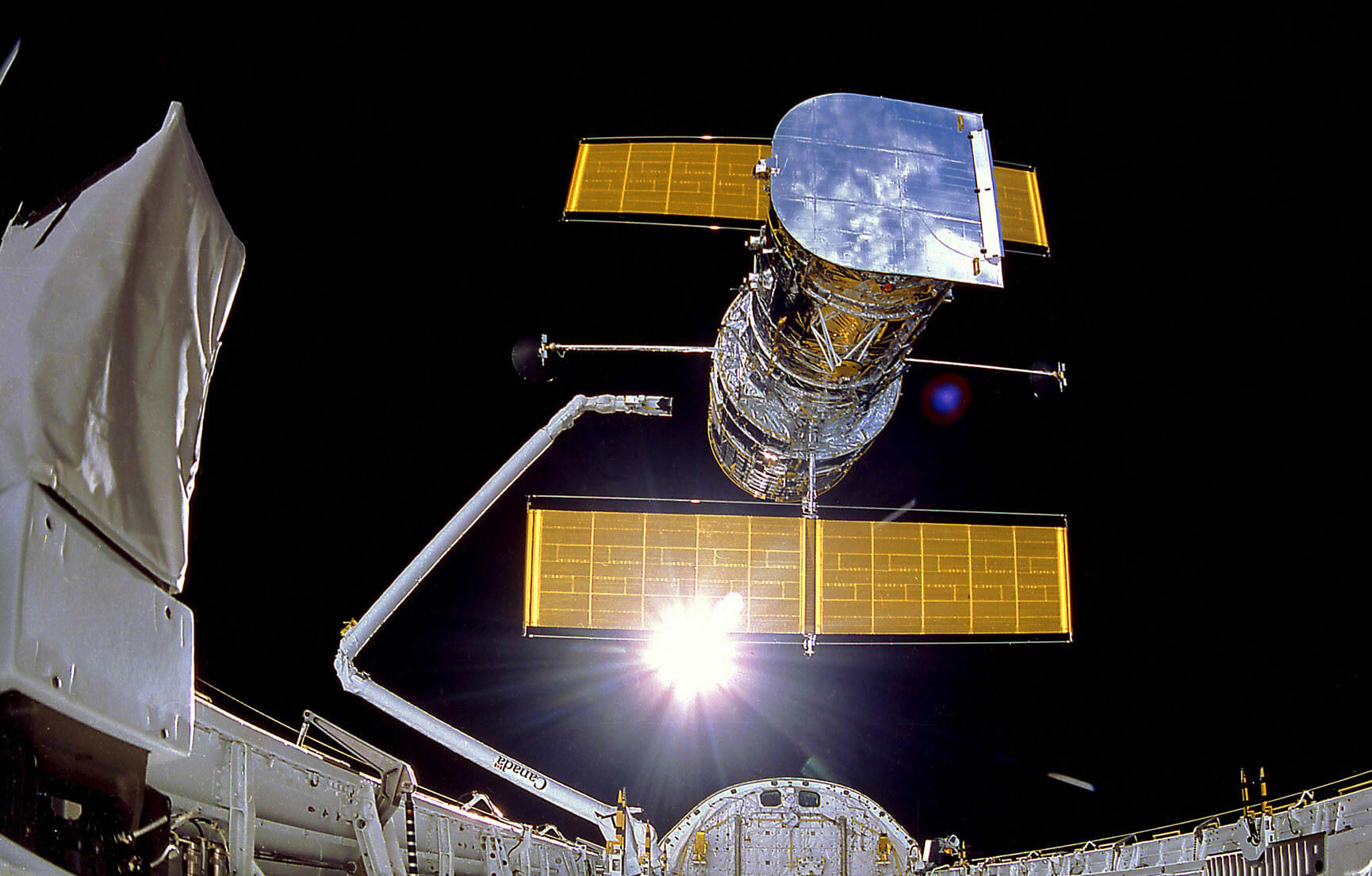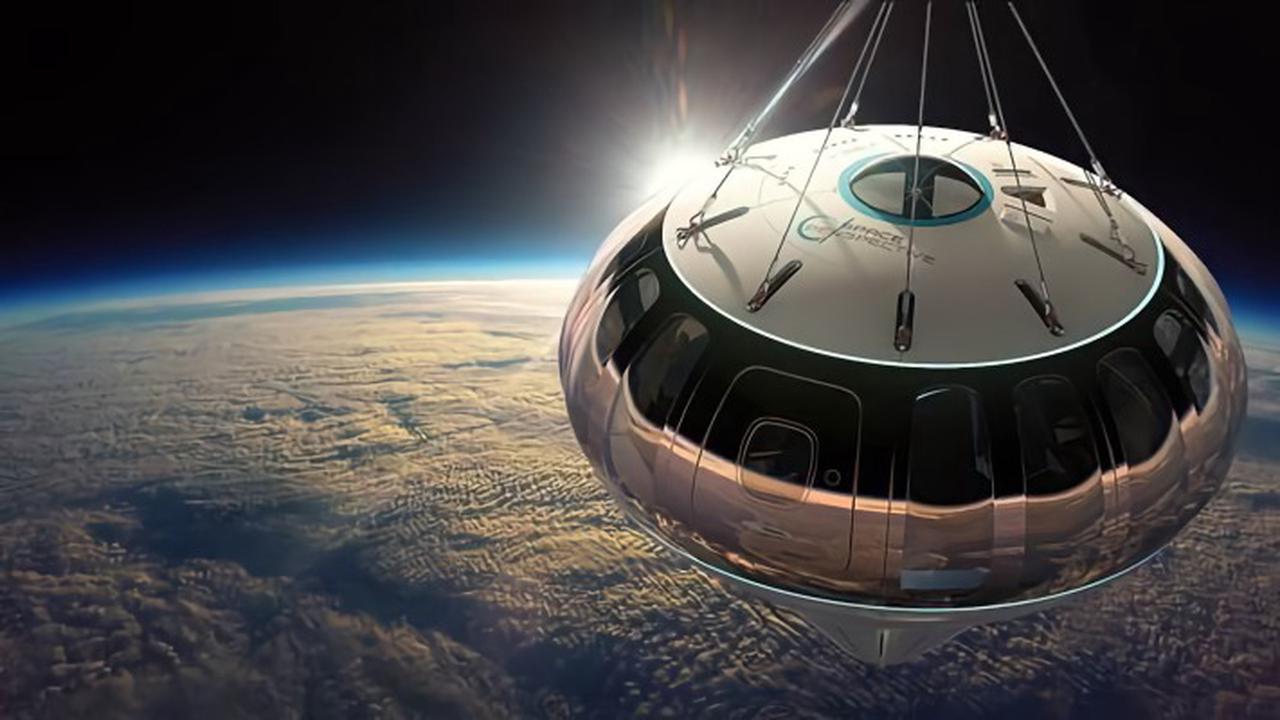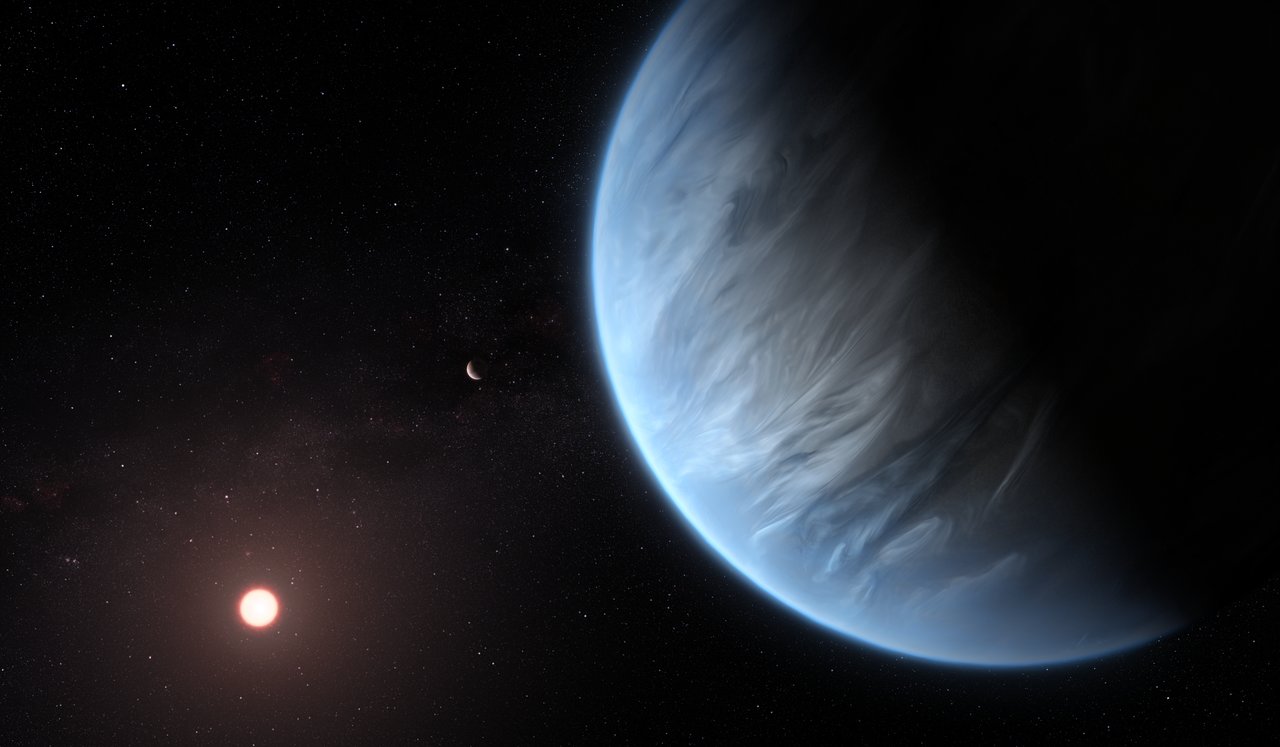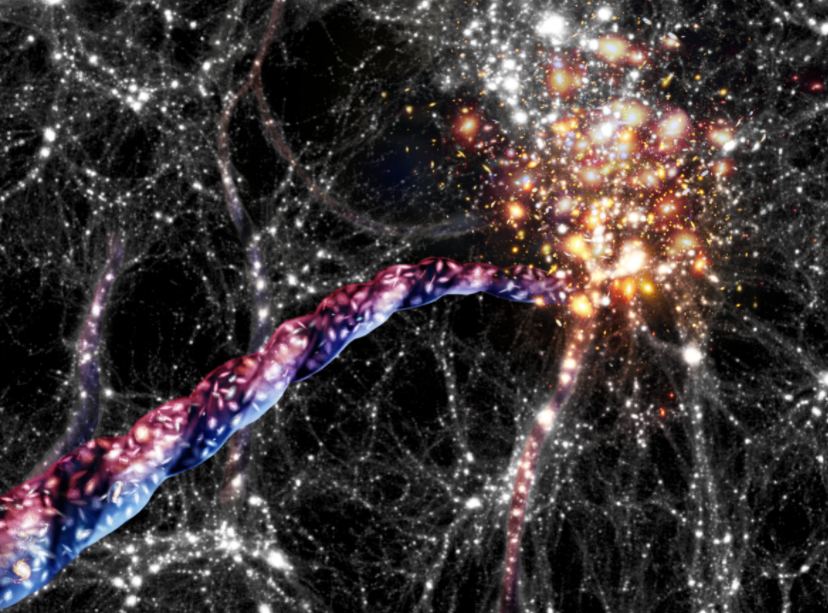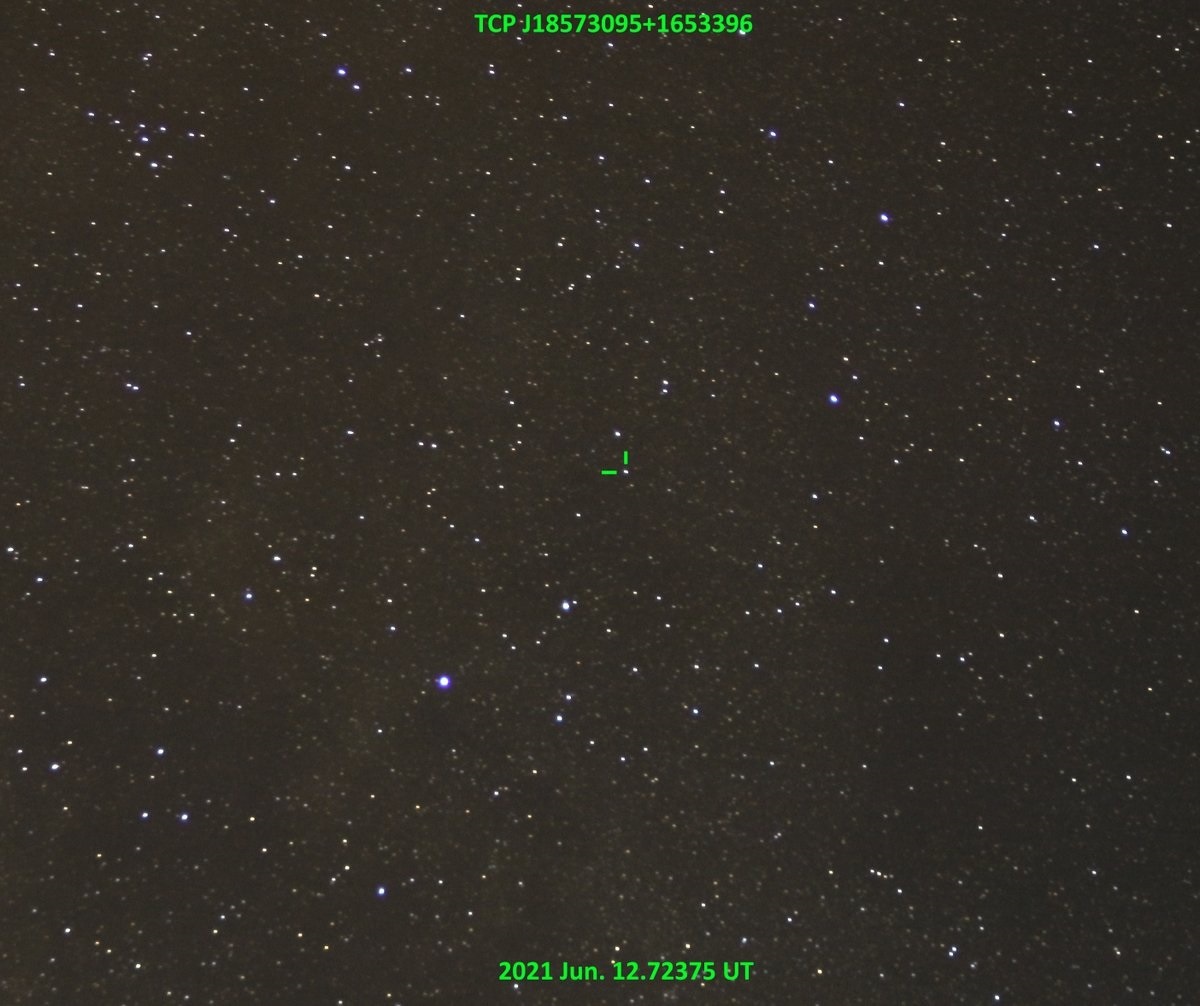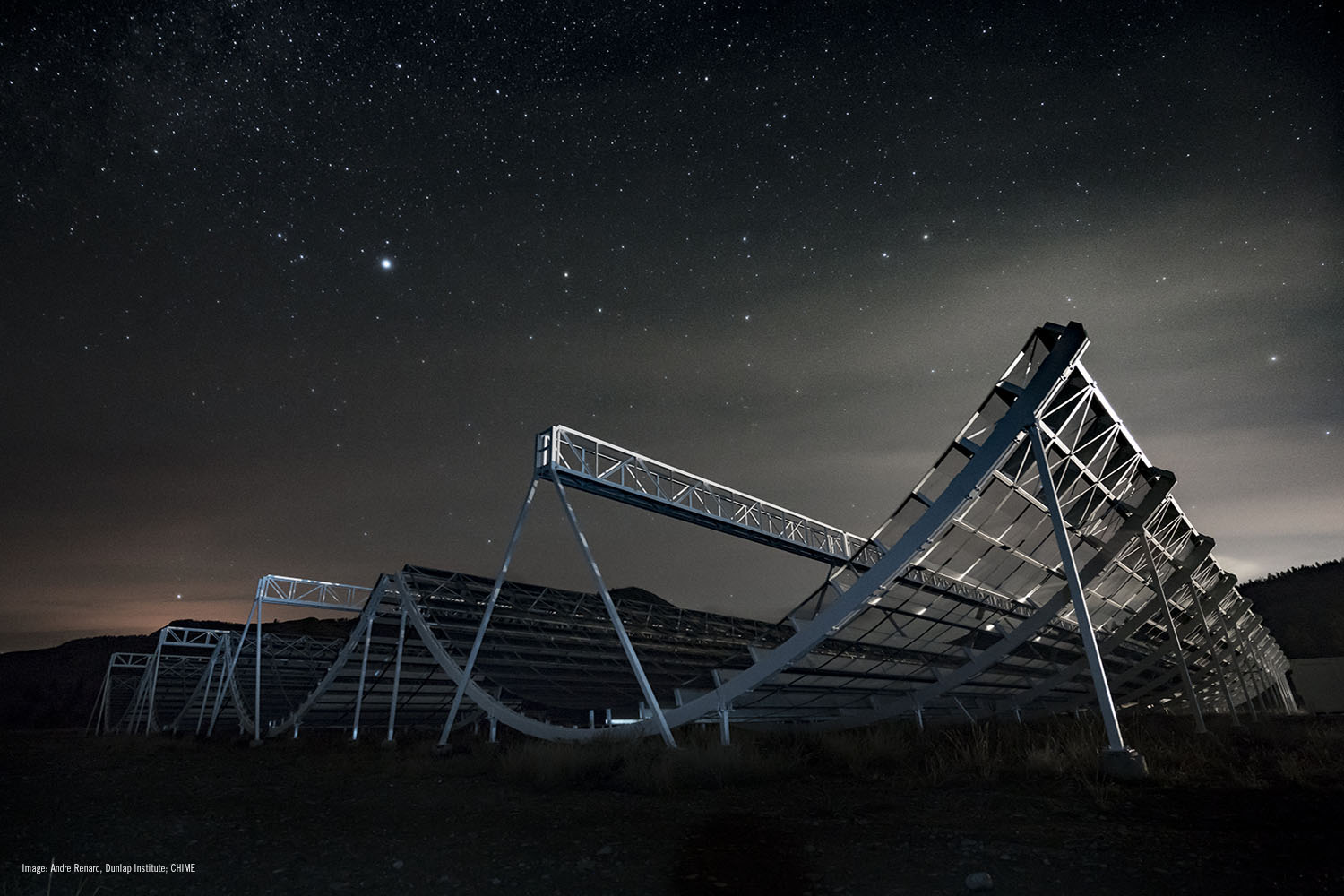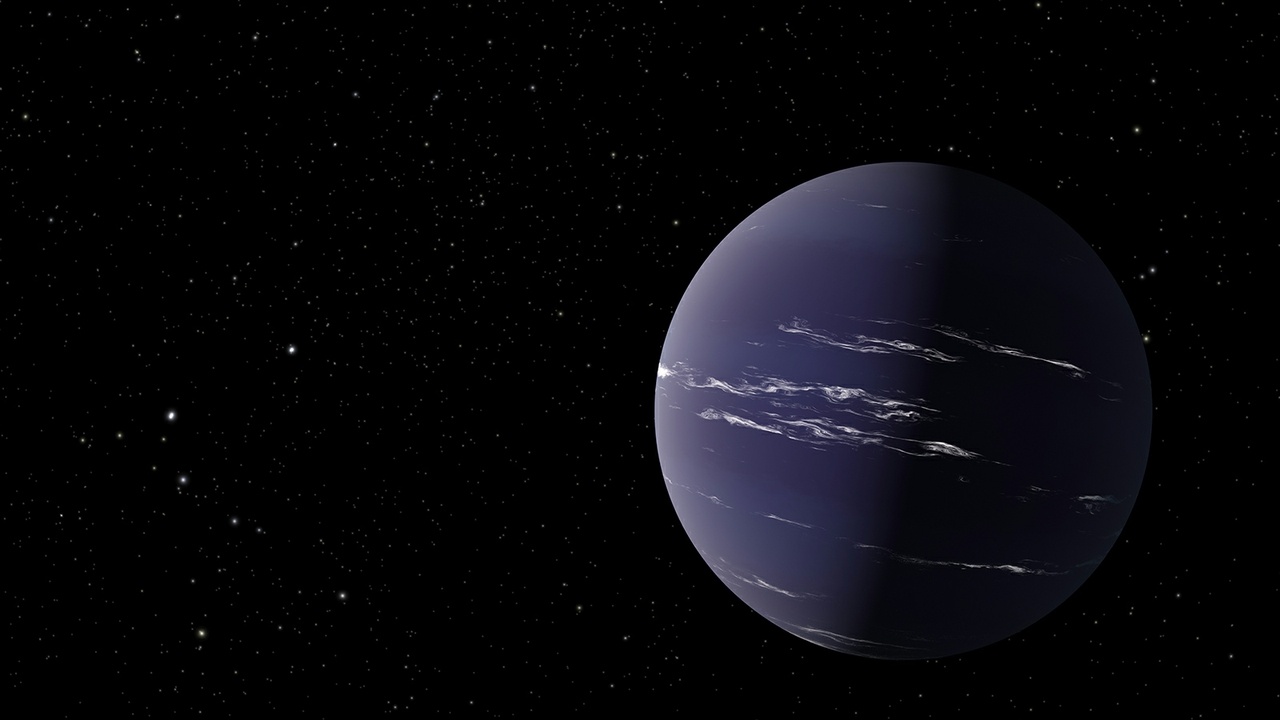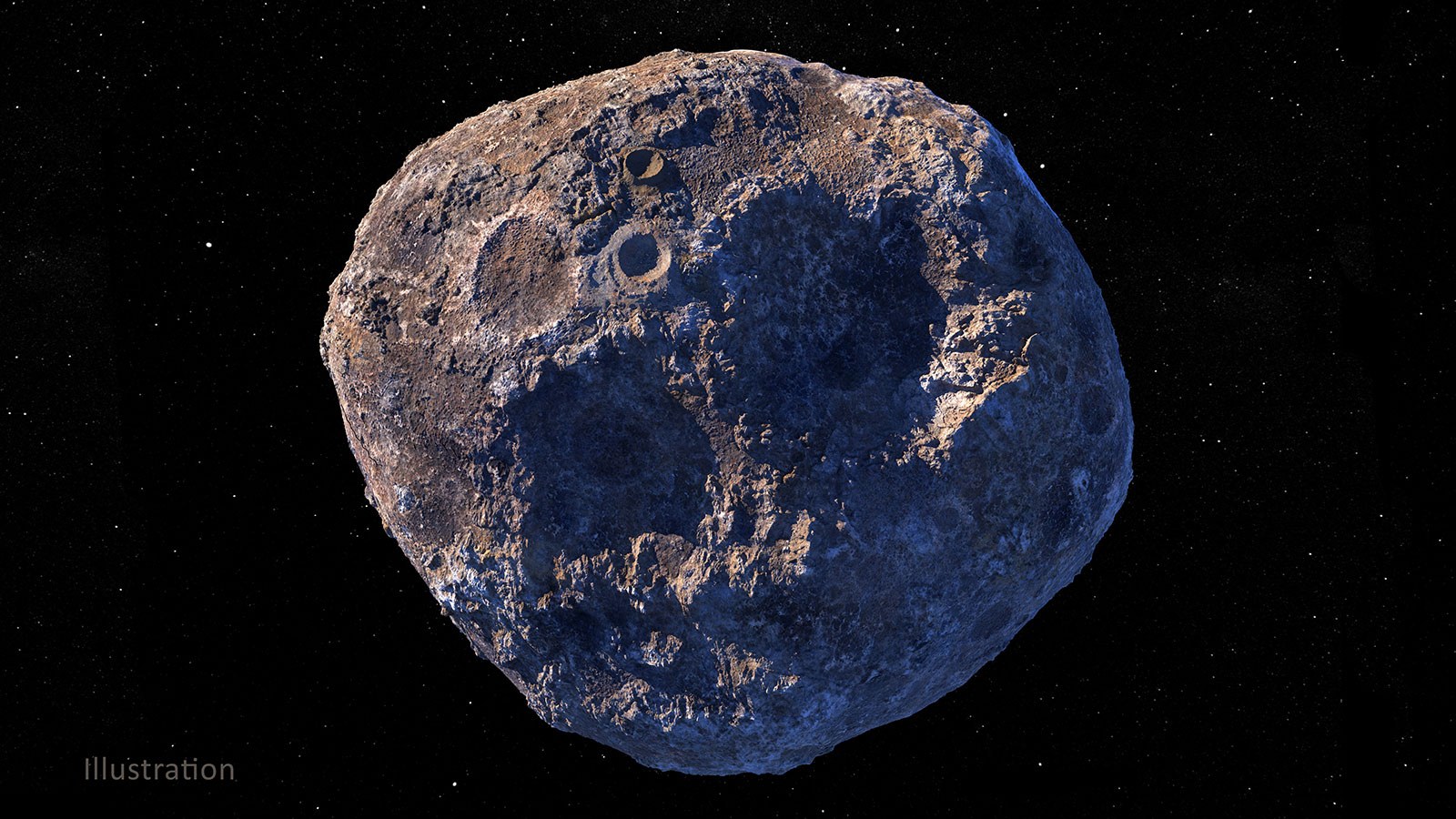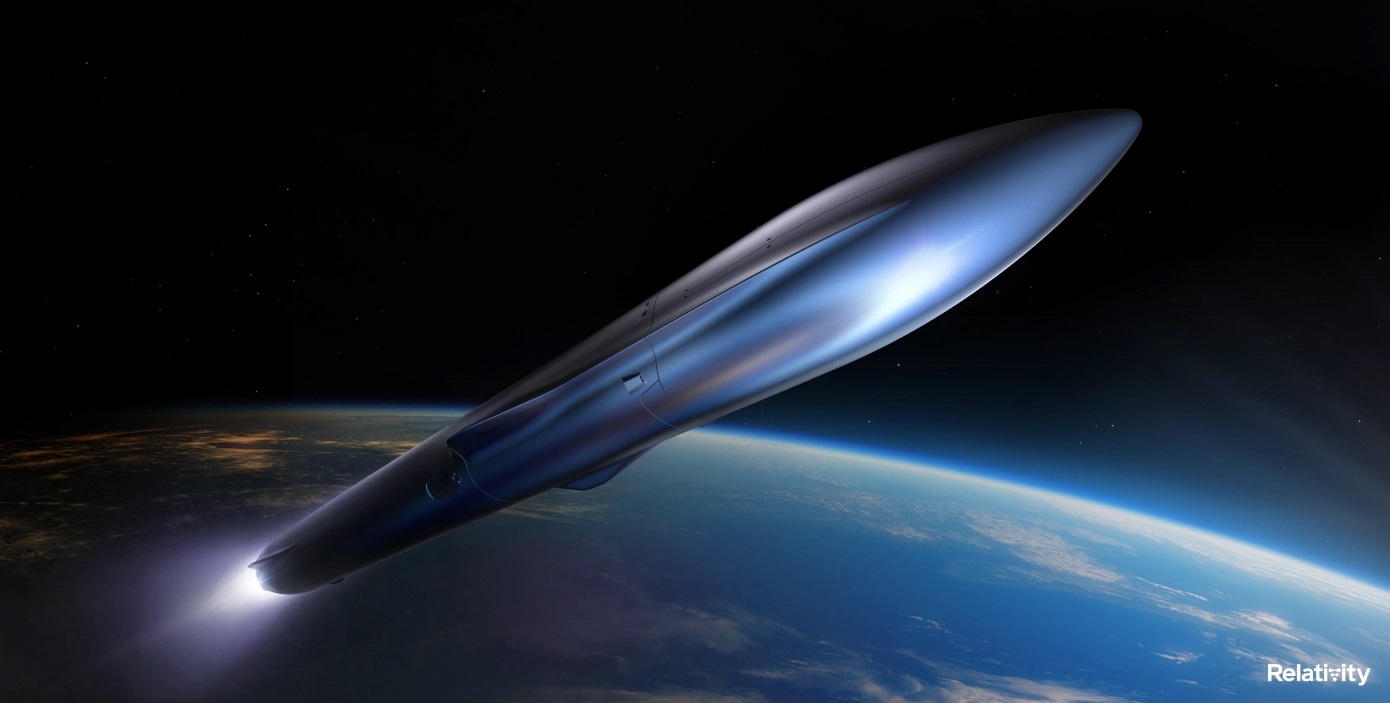For centuries, human beings have speculated about the existence of planetary systems (much like our own) orbiting other stars. However, it has only been in the past few decades that scientists have been able to detect and study these distant worlds. To date, astronomers have used various methods to confirm the existence of 4,422 extrasolar planets in 3,280 star systems, with an additional 7,445 candidates awaiting confirmation.
Naturally, this raises some questions. If there is intelligent life out there that has similar capabilities to our own – and the same burning sense of curiosity – could it be watching us too? Equally important is the question of how many of be able to detect us. According to new research conducted by a team from Cornell and the American Museum of Natural History, there are 2,034 star systems within 326 light-years of Earth that would be watching us right now!
Continue reading “Aliens in 2,034 Nearby Star Systems Could use the Transit Method to see Earth”
